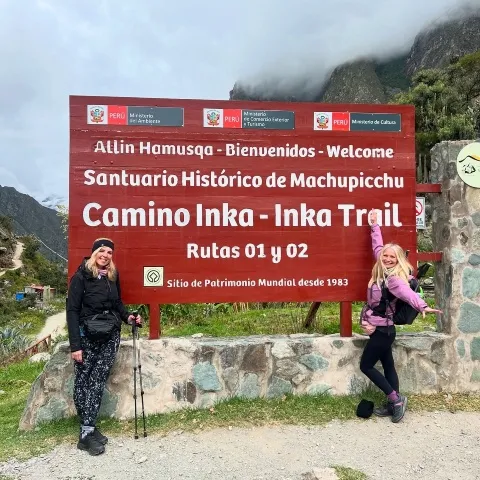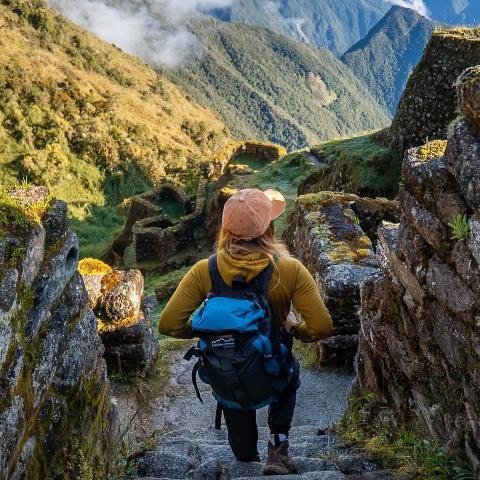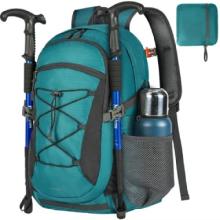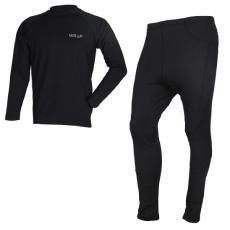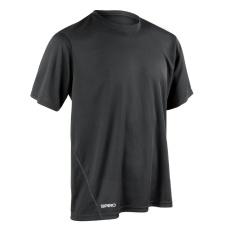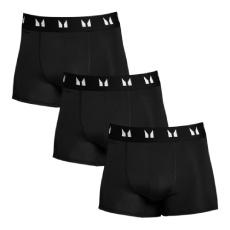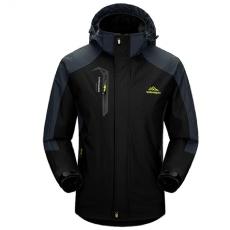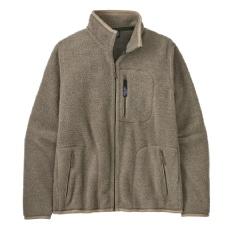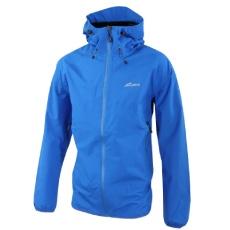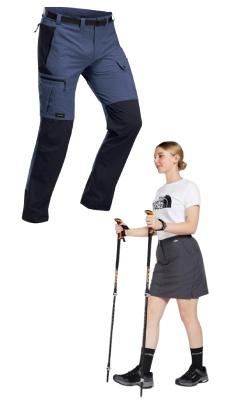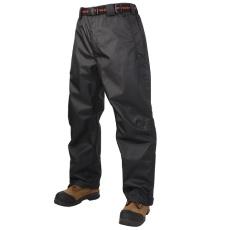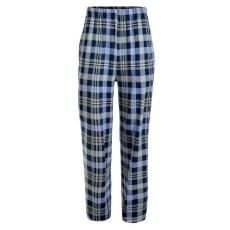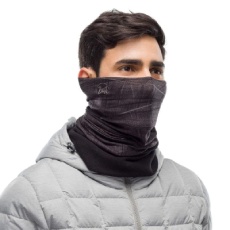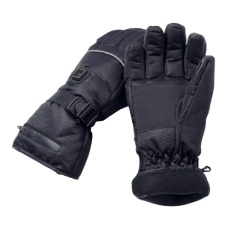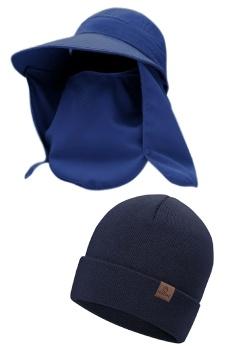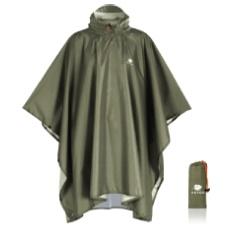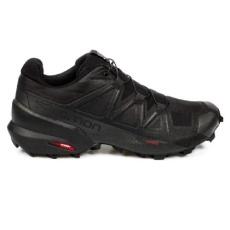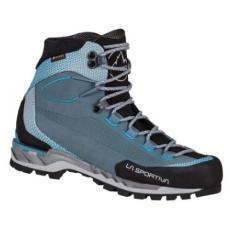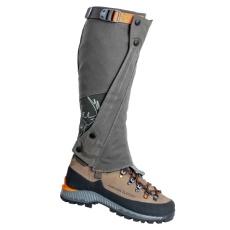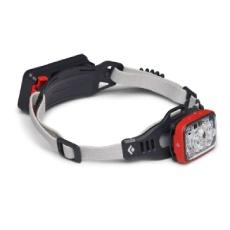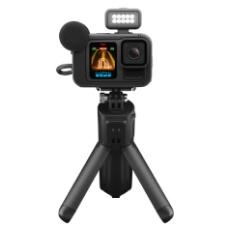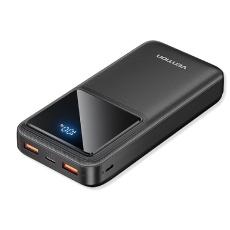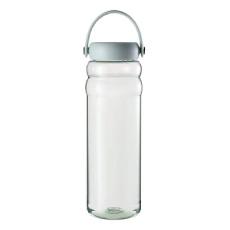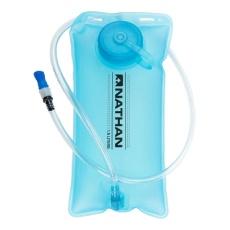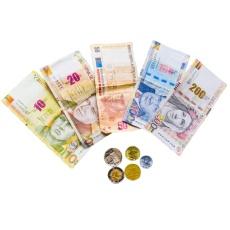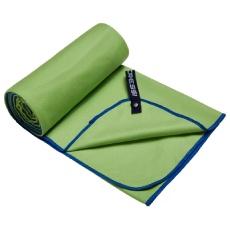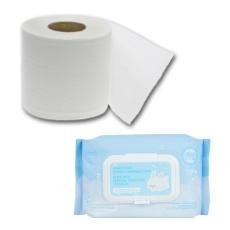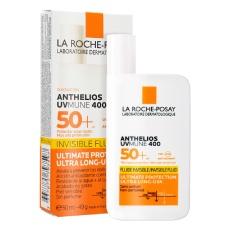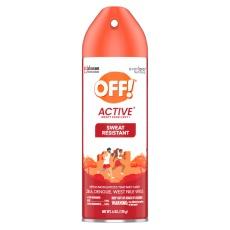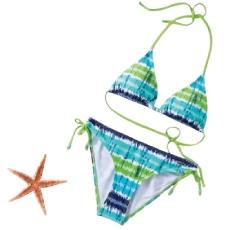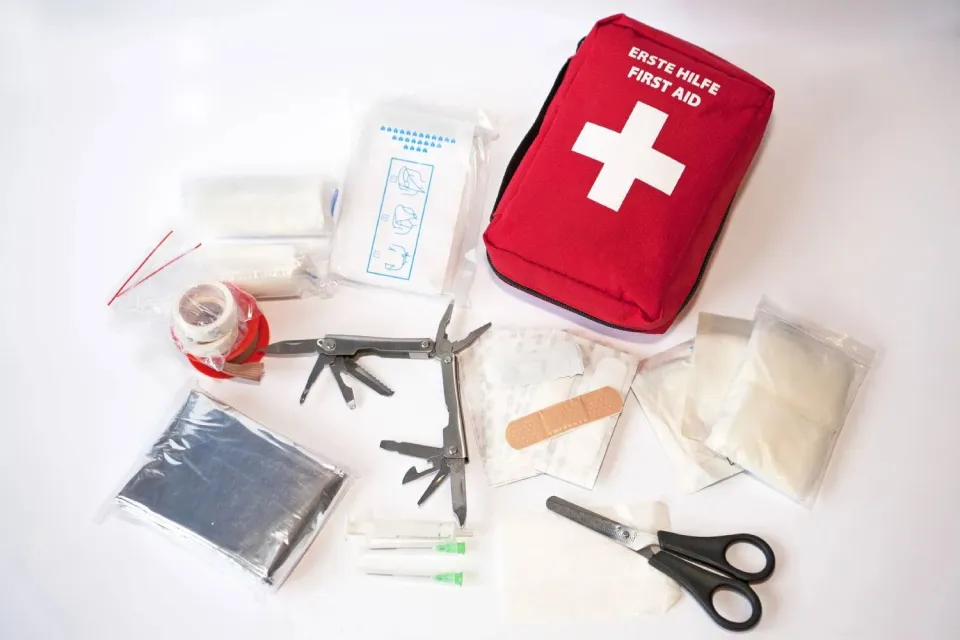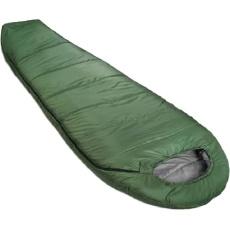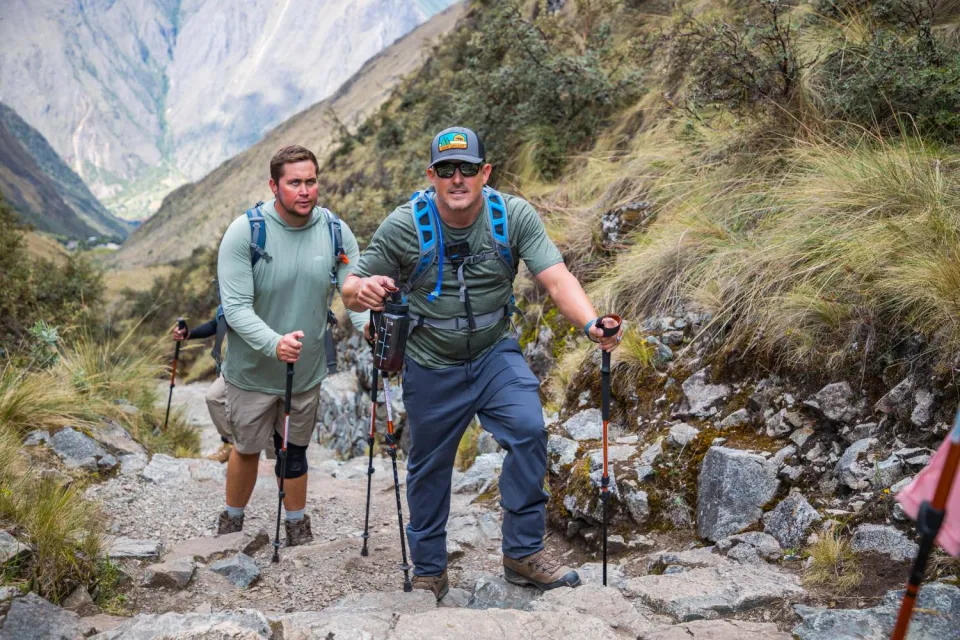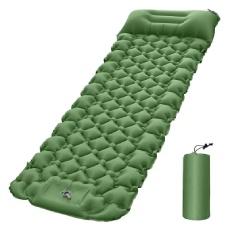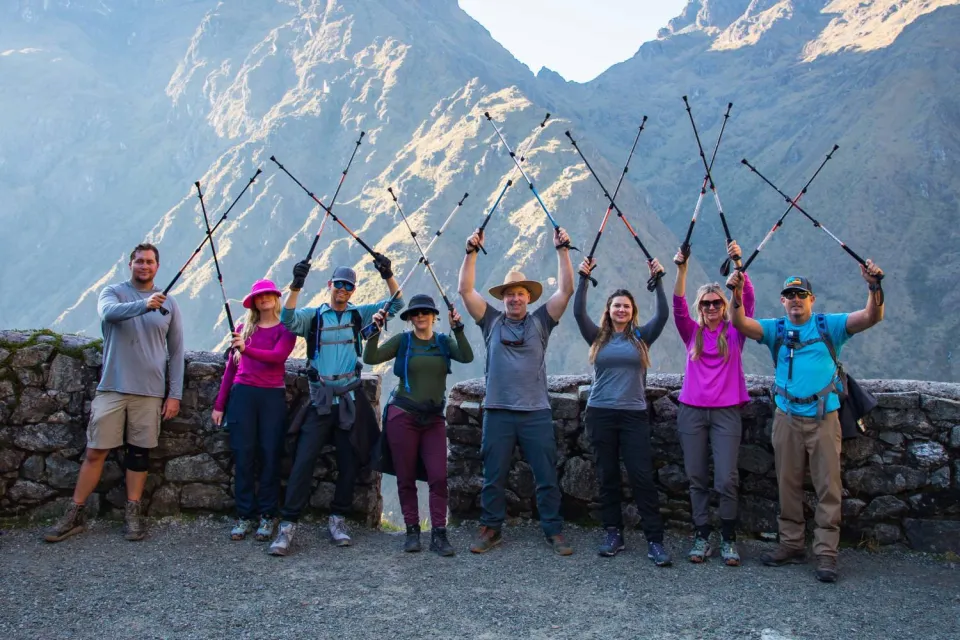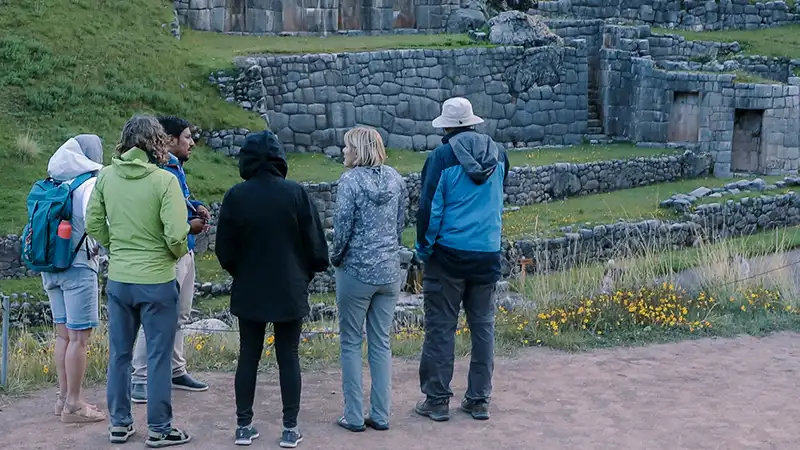Did you know that more than 40% of hikers on the Inca Trail suffer avoidable discomfort simply by not carrying the right gear?
Carrying the right stuff can make the difference between an epic adventure and a disaster waiting to happen. In this definitive guide you'll discover exactly what to bring on the Inca Trail to travel comfortably, safely and without carrying unnecessary weight.
What to bring to the Inca Trail?
The Inca Trail is not just any hike. It is a 4-day trek along Andean trails, with changing weather, demanding climbs and conditions that can vary rapidly. Going unprepared can turn a unique adventure into an uncomfortable or even dangerous experience.
With this guide you will know exactly what to bring and what not to bring, so you can enjoy your trip without carrying unnecessary weight.
Quick List: Packing list for the Inca Trail
Before going into detail, here is a summary of the essentials:
- Daypack (25-30L)
- Layered technical clothing
- Trekking boots
- Rain poncho or waterproof jacket
- Trekking poles
- Sleeping bag
- Headlamp
- Sunscreen and insect repellent
- Water purification tablets
- Energy snacks
- Personal documents
- Camera or cell phone
- Portable battery or power bank
- Personal hygiene items
- First aid kit
- Small towel
- Cash (small bills)
1. Backpack suitable for the Inca Trail
Day packDuring the trek, the porter will carry part of your luggage, but you should take with you a small backpack with day-to-day essentials. It should be light, comfortable and sturdy, ideally 25 to 30 liters, with waterproof cover included. Recommended features:
| |
Travel bag or duffel bagAuthorized agencies, such as Ultimate Trekking, provide you with a duffel bag, where you will carry your clothes and personal belongings (with a limit of 5 to 7 kg). This will be transported by the porters. |
2. Layered clothing (layers, not quantity)
The weather on the Inca Trail is very variable. During the day it is usually warm, but mornings and evenings at higher altitudes can be very cold. Also, if you travel during the rainy season, you can easily get wet.
This is why it is essential to dress in layers, so that you can adapt quickly to changes in the weather.
Base layerThis is the one that is in direct contact with the skin. It should be light, breathable and thermal, ideally made of microfiber or polyester. It is recommended to wear a top layer (t-shirt) and a bottom layer (leggings). They will keep you dry by absorbing sweat and prevent you from getting cold. | |
Quick-drying shirtsWear at least one short-sleeved and one long-sleeved quick-drying (polyester) shirt. Avoid cotton, as it takes a long time to dry. |
Technical underwearWear at least 4 pairs of sporty and breathable underwear. For women, sports bras are ideal because they provide support and comfort during the hike. | |
Windbreaker or insulating jacketEssential for cold sections. Look for jackets with full zipper and good insulation against the wind, ideally with fleece lining inside. | |
Fleece jacketVery useful for the evenings or early hours of the day. Down or thermal fleece jackets help keep you warm without making you sweat. | |
Waterproof jacketNot only protects you from the rain, but also from the wind and cold. Indispensable if you do the trek in rainy season (November to March). | |
Trekking pantsFor a hike in the sun, the ideal is to wear trekking pants or shorts, as they allow you to walk comfortably without feeling uncomfortable due to sweat. There are versions for men and women made of quick-drying materials, which is key on a long hike. For a 4-day hike, we recommend carrying at least two pairs of these pants. If you are a woman, you can also opt for comfortable leggings or a light mid-length skirt. Both are excellent alternatives that combine comfort, ventilation and freedom of movement. | |
Waterproof pantsRecommended especially for the rainy season. They are lightweight and easily layered over the main pants. | |
PajamasA comfortable and warm change of clothes for a better night's sleep. It can be thermal pajama pants or long underwear. | |
Buff or multi-function fleece collarIt serves to cover your neck from the sun, protect you from the wind and absorb sweat. Can also be used as a hat or facemask. | |
GlovesWear at least one pair of thermal gloves. You can also wear thinner base gloves underneath for extra insulation. | |
HeadbandsOptional, but useful if you have long hair. They help keep hair out of your face and prevent distractions during the hike. |
HatsThey are essential accessories for a hike, especially in the Inca Trail climate. It is recommended to bring both:
| |
Rain ponchoEven in dry season, it is advisable to carry one. They are light, inexpensive and can save you in case of unexpected rain. |
3. Ideal footwear to avoid blisters and fatigue
This is one of the most important parts of your list, because your feet will be the protagonists during the 4 days of the Inca Trail. They will give you the necessary support to move forward, go up and down hundreds of steps and negotiate uneven terrain.
For this reason, you must choose very carefully both the shoes and the accessories that go with them. A mistake here can cause blisters, pain or discomfort that can ruin your experience.
Boots or trekking shoes
Whether you prefer trekking boots or shoes, the important thing is that they meet certain key characteristics to face the Inca Trail terrain: Non-slip rubber sole: It will give you more grip on rocky, wet or slippery terrain.
- Ankle support: Very useful to prevent sprains, bad footsteps or blisters caused by unstable movements.
- Light weight: Heavy shoes generate additional fatigue, especially on the long climbs of the second day.
- Semi-flexible model: Avoid shoes that are too stiff or too soft; you need a good balance between support and mobility.
- Correct sizing: Try them on with the socks you will wear during the trek. There should be enough room in the toe box so that your toes don't rub on the way down. Do the toe test: place a finger between your heel and the shoe; if it does not fit or if it is too tight, this model is not the right one.
Important: Do not wear new shoes on the Inca Trail. Be sure to wear them previously on treks to soften them and adapt them to your foot.
SandalsAfter long daily hikes, your feet are going to need to breathe and rest. For this reason, sandals are an excellent option to wear in the campsites. They are also very useful for showering at Wiñay Wayna, the only camp with showers available. Choose sandals that are comfortable, lightweight and that stay on your feet. Avoid those that slip easily or have smooth soles. |
Insoles
Just as you choose your boots or sneakers wisely, insoles can also make the difference between a comfortable walk or torture.
Look for insoles with:
- Extra cushioning to absorb shock
- Arch support to stabilize the foot and prevent fatigue
A good insole reduces fatigue, prevents injuries like plantar fasciitis and improves your posture during long walks. It's a small investment with a big impact.
GaitersGaiters are an optional accessory, but very useful if you're looking for extra protection against mud, water and insects. During the rainy season (November to March), they become especially recommended, as they prevent water or mud from getting into your boots. They also protect the lower part of the pants and reduce the risk of bites or rubbing against plants. |
Trekking socks
Socks are just as important as footwear. Good socks will provide cushioning, prevent blisters and keep your feet dry throughout the hike.
Recommendations:
- Bring at least 4 pairs of thick socks especially for trekking.
- You can include 1 or 2 pairs of thinner socks for sleeping or resting in the camp.
- The ideal material is merino wool, as it is warm, breathable and prevents moisture accumulation.
- If you are allergic to wool, opt for socks made of synthetic or acrylic materials, which are also resistant, lightweight and quick-drying.
- Some models come with a waterproof membrane, which is useful on rainy days or in areas with puddles.
4. Important documents
Do not forget your documents, they are mandatory to enter the Inca Trail:
- Original passport
- Travel insurance card (if you have contracted it)
- Tickets to the Inca Trail (arranged by your agency).
Carry everything in a waterproof case or Ziploc bag.
5. Useful accessories
During the Inca Trail, carrying certain accessories can make a big difference in your comfort, safety and enjoyment of the experience. Here is a list of practical items that we recommend you include in your backpack:
HeadlampA headlamp is essential. It will make it easier for you to see when you're walking around camp at night or need to go to the bathroom in the dark. The best thing about this type of flashlight is that it leaves your hands free, which is very useful for moving around safely. Don't forget to bring a couple of extra batteries, as you won't be able to recharge it along the way. | |
CameraMany travelers who did not bring a camera regretted not being able to capture the incredible scenery of the Inca Trail. Taking a camera, a cell phone with good resolution or a GoPro will be one of the best decisions to document this unique experience. Keep in mind that there will be no electricity during the hike, so use the battery sparingly and carry everything well charged from the beginning. | |
Solar battery or power bankSince there will be no way to charge electronic devices during the trek, a solar battery or power bank of at least 20,000 mAh will be indispensable to keep your devices running. We also recommend carrying extra batteries for your camera or any other device you use frequently. | |
Water bottlesStaying hydrated during the trek is vital, not only for your health but also to help you acclimatize faster to the altitude. Our agency will provide you with water throughout the trek, but you need to bring a reusable bottle or container to fill it up. This will make the daily logistics much easier and keep you ready to keep moving forward. | |
Hydration bagSome people prefer to carry a hydration pack (Camelbak type), as it allows you to drink water without having to stop or take out the bottle. If you opt for this system, choose a bag that fits well in your backpack, with a capacity of 2 to 3 liters. This amount is sufficient without adding excessive weight. | |
Ear plugsThis accessory is optional, but highly recommended for people sensitive to noise during the night. As we will be sleeping in open-air camps, it is common to hear sounds from the natural environment or from porters and other travelers. A pair of earplugs can help you rest better and have a more restful night. | |
CashDuring the hike you will find some stops where you can buy snacks, drinks or other basic items, but these establishments only accept cash, preferably in low denomination bills. It is important to consider that in Machu Picchu Pueblo there are no ATMs and only some restaurants or stores accept credit cards. If you want to buy souvenirs, eat or drink something when you arrive, we recommend that you take soles in cash or, failing that, US dollars (as they are accepted in several places). Avoid carrying foreign currencies other than dollars, as they will not be accepted. |
Extra snacks
If you enjoy snacking between meals or need to keep your energy up along the way, carrying nutritious and light snacks can help you a lot.
Here are some options that work very well on the Inca Trail:
- Energy bars: Carry between 1 and 2 per day. These bars usually contain protein, fat and carbohydrates. For greater satiety and nutritional value, choose those that include nuts or vegetable protein.
- Trail mix: A combination of nuts, peanuts, almonds, seeds, raisins and dried fruit. It is an excellent source of healthy fats, minerals and natural energy to keep you active on the road.
- Dark chocolate: A small serving of dark chocolate will give you quick energy and can improve your mood. As a recommendation, eat it early to prevent it from melting in the heat of the road.
- Jerky: This snack is ideal for muscle recovery and to maintain electrolyte balance. It is rich in protein and contains natural salts that help replenish what you lose through sweat.
- Sweets or energy gummies: These provide a quick touch of sugar and extra energy, especially useful on the hardest stretches of the trail or when you feel a physical slump.
- Instant tea or coffee: Although optional, many travelers enjoy a cup of hot coffee or tea during their down times. It doesn't take up much space and can make your camping experience more comforting.
6. Essential personal and hygiene items
Quick-drying towelThis will be very useful especially on the third day of the trek, when you will have access to a shower, or simply to dry your face during your daily routine. Choose a medium-sized towel to avoid unnecessary weight in your backpack. Make sure it is quick-drying, so you can store it and continue your hike without inconvenience. | |
Toilet paper and wet wipesThese items are essential during the entire trek, as they will get you out of more than one trouble. Don't forget to bring facial tissues and hand sanitizer gel. They will be of great help in maintaining good personal hygiene at all times. | |
Sunscreen and sunglassesHiking at high altitude involves intense exposure to the sun and higher UV radiation. Taking care of your skin is essential, so you should carry a good quality sunscreen. In addition, we recommend including a lip balm with SPF, as the sun and wind can dry out your lips. Don't forget to wear sunglasses with UV protection to protect your eyes. | |
Insect repellentDuring the trek you will pass through cloud forest areas, especially in high season when the weather is warmer. Carry a repellent with a high DEET content to avoid insect bites. These can cause redness, swelling and an uncomfortable itching sensation in exposed areas. | |
SwimsuitThis item is optional. If you plan to stay an extra night in Aguas Calientes after the Inca Trail, you can take the opportunity to visit the hot springs. Admission costs approximately 20 soles for foreign tourists and 10 soles for nationals. Bringing your bathing suit will allow you to relax after the hike. |
Personal hygiene items
Your hygiene items will be your companions during all the days of the trek, so they should be practical, small and light.
We recommend you to bring:
- Toothbrush and toothpaste
- Soap
- Shampoo and conditioner in mini version
- Deodorant
- Moisturizing cream
- Lip balm with SPF
- Razor
Tip: Store everything in Ziploc bags to avoid getting them wet or contaminating other items.
Feminine hygiene
If you are a woman, don't forget to bring products that are comfortable for you such as:
- Menstrual Cup
- Feminine pads
- Tampons
What about makeup?
We know that doubts may arise. In trekking, less is more. It is preferable to use a tinted sunscreen that offers light coverage and protection at the same time.
If you decide to wear makeup, we recommend packing only the essentials to use on the last day of your Machu Picchu visit.
7. First aid kit
It is important to be cautious, especially if you are sensitive to certain ailments. Authorized agencies usually carry first aid kits with oxygen tanks and basic medicines for altitude sickness, but having your own personal kit adapted to your needs is essential.
Here is a list of recommended items:
- Oral rehydration salts or isotonic powder (for cases of dehydration)
- Analgesics such as ibuprofen or paracetamol (for muscle aches or headaches)
- Moleskin pads or dressings (to prevent and protect blisters)
- Elastic bandage (for sprains or strains)
- Antiseptic cream (to disinfect cuts and scrapes)
- Pills for altitude sickness (check with your doctor beforehand)
- Medication for personal use
- Antidiarrheals such as Pepto-Bismol
- Antihistamines (for allergic reactions)
- Water filters or water purification tablets
- Menstrual pain pills (if applicable)
With a well-prepared kit, you will be ready to face any unforeseen event during the Inca Trail.
Camping equipment for the Inca Trail
Sleeping bagThe sleeping bag will be indispensable for your nights during the trekking. We recommend a mummy-type model, as they are comfortable, lightweight and designed to better conserve body heat. Many of these bags can withstand temperatures as low as -10°C (14°F), which is ideal for cold Andean nights. If you are looking for lightness and greater thermal capacity, a down jacket is the best option. Although its price is usually higher, it offers excellent performance and takes up little space. On the other hand, if you prefer a cheaper alternative, a synthetic bag also does the job well. |
If you prefer, you can rent this item with our agency. We have down sleeping bags with inner lining and a pillow for you to sleep peacefully every night of the Inca Trail.
Trekking poles
Trekking poles are a great ally for your trek. They provide extra support for your knees and help you keep your balance on uneven terrain, which reduces the impact on your joints by up to 25%. This translates into a more comfortable and less strenuous walk.
Choosing your poles wisely is key. Some low-quality models can slip, vibrate or even hit your hands, causing discomfort instead of helping you.
A good trekking pole should be lightweight, adjustable and have rubber tips to improve grip and provide greater stability on rocky or wet terrain.
Additional fact:
We also offer trekking poles for rent. We work with the Black Diamond brand, widely recommended for its quality by both our team and our passengers.
Inflatable mattressThe inflatable mattress is an optional item, designed for those who are looking for more comfort when sleeping during trekking. Most tour agencies, including ours, provide foam mattresses that are usually quite comfortable. However, if you want to improve the quality of your sleep, a lightweight inflatable mattress can make all the difference. If you don't want to carry extra weight in your backpack, you can rent one from us. Our team will take care of transporting it for you, so you can enjoy more comfort without worries. |
What to carry in your personal backpack?
During the Inca Trail, you will have a duffel bag in which you can store part of your personal luggage. This bag will be carried by a porter, so you will not carry it with you during the trek.
Therefore, it is important that you know what essential items you should carry in your personal backpack to cover your daily needs during the trek. Here is a clear and orderly list of what you should not miss:
Indispensable items
- Personal first aid kit
- Toilet paper
- Cash
- Personal documents
- Sunscreen
- Insect repellent
- Bottle of water or hydrating drink
- Snacks for the trail
- Hat or cap and sunglasses
- Fleece jacket
- Raincoat or rain poncho
Final tips to prepare your luggage
- Do a test: Pack everything you plan to carry and walk around with the backpack on for 1 or 2 hours. This way you will be able to feel if the weight and distribution is adequate.
- Distribute the weight efficiently: Place the heaviest items close to your back and at the bottom of the backpack to maintain balance and avoid discomfort during the walk.
- Avoid carrying things "just in case": Every gram counts on the Inca Trail, so carry only what you will really need.
- Prioritize quality and functionality: You don't need to take the most expensive items, but you should take the most practical and durable for trekking.
Extra tip:
If you think you are going to carry more weight than allowed or simply prefer not to carry too much, you can hire an extra porter through your agency or directly.
Remember that porters usually carry a maximum of 20 kilos, and in the case of women, the limit is usually 15 kilos.
Frequently Asked Questions
- Where can I store my extra luggage?
The extra luggage that you bring for your trip to Cusco can be left in our offices without any additional charge, or at the hotel where you are staying. Normally, hotels offer luggage storage service (Luggage Store) at no extra cost as well.
- Are there restrooms and showers along the Inca Trail?
Yes, along the trail there are restrooms at some of the campsites. For your comfort and safety, we provide portable toilets. As for showers, there are only at the Wiñay Wayna camp, where we will camp on the third day of the Inca Trail.
- Is it possible to do the Inca Trail on your own?
No, it is forbidden. The Inca Trail is regulated by the Peruvian government and it is mandatory to hire an authorized agency to do this trek.

